Everything you need to know about bananas, including the main varieties, how to store them, how to ripen them faster, and nutrition information, along with how to pick bananas for buying and devouring!
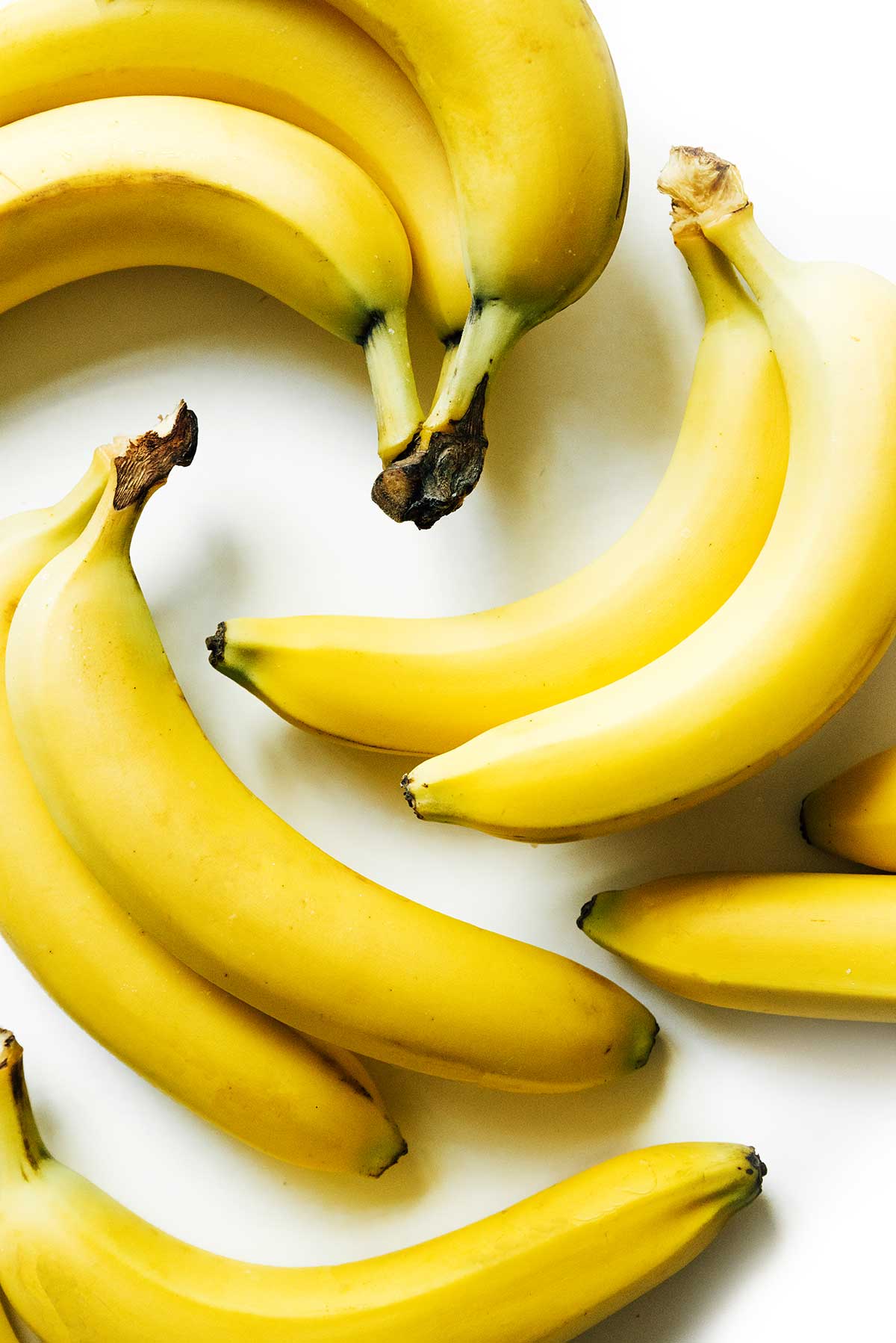
Did you know that 96% of Americans have purchased a banana in the last month? As one of the most popular fruits on the stand (and everyone’s favorite yellow fruit), it’s about time we give it the spotlight it deserves.
Bananas are full of fun facts. Like did you know they’re slightly more radioactive than other fruits, and that they measure radioactivity of common day things in “Banana Equivalent Doses”? Or did you know that they have a tumultuous history in South America, where the term “Banana Republic” was born? Or on a happier note, even dogs can eat bananas!
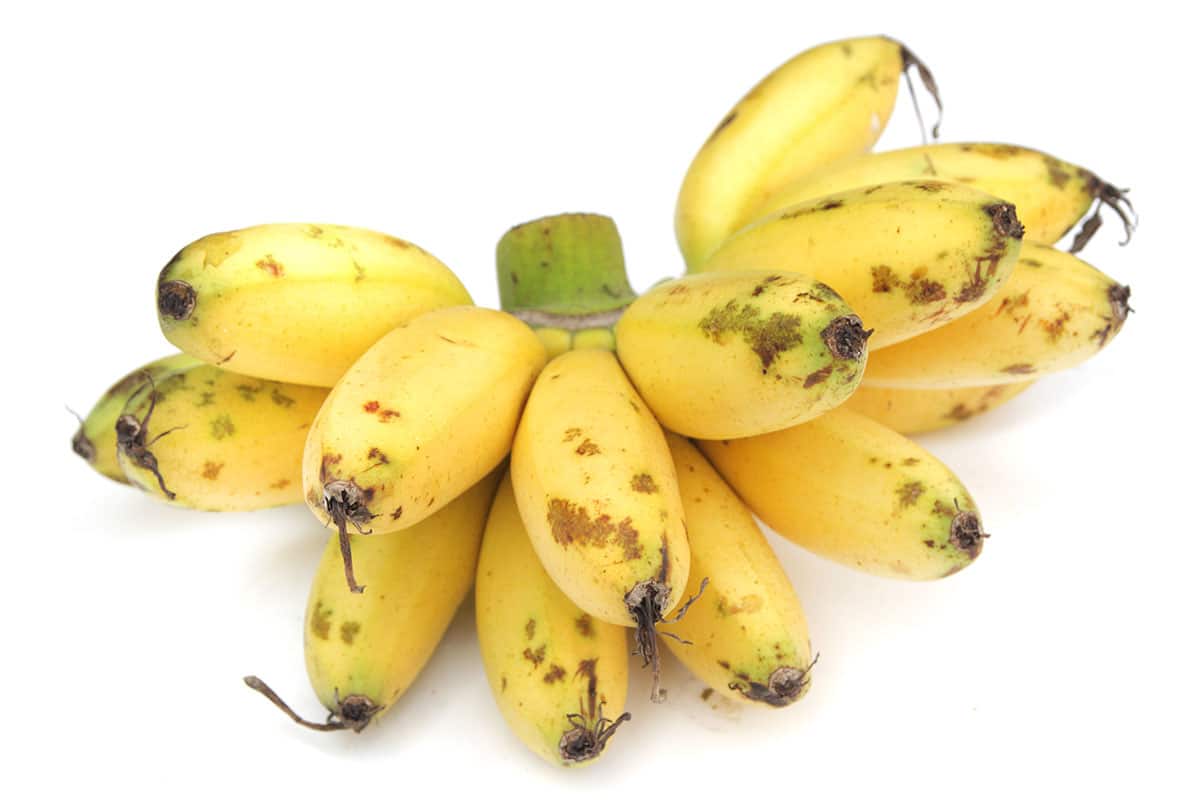
Varieties of bananas
There are many varieties of bananas, ranging from starchy plantains to sweet, dessert varieties! A few common types are:
- Cavendish: Most common type of banana in Western groceries
- Apple Bananas: These are the short, stubby bananas you sometimes see in specialty stores. They’re very sweet and moist.
- Lady Fingers: Similar to Apple Bananas, these are short and sweet, resembling mini Cavendish bananas.
- Red Bananas: There are many types of red bananas, but they all tend to be more sweet than Cavendish.
- Plantains: These are more like a starchy vegetable, usually sold (and cooked) while green. They’re great steamed, fried, or roasted! (plantains vs. bananas explained here!)
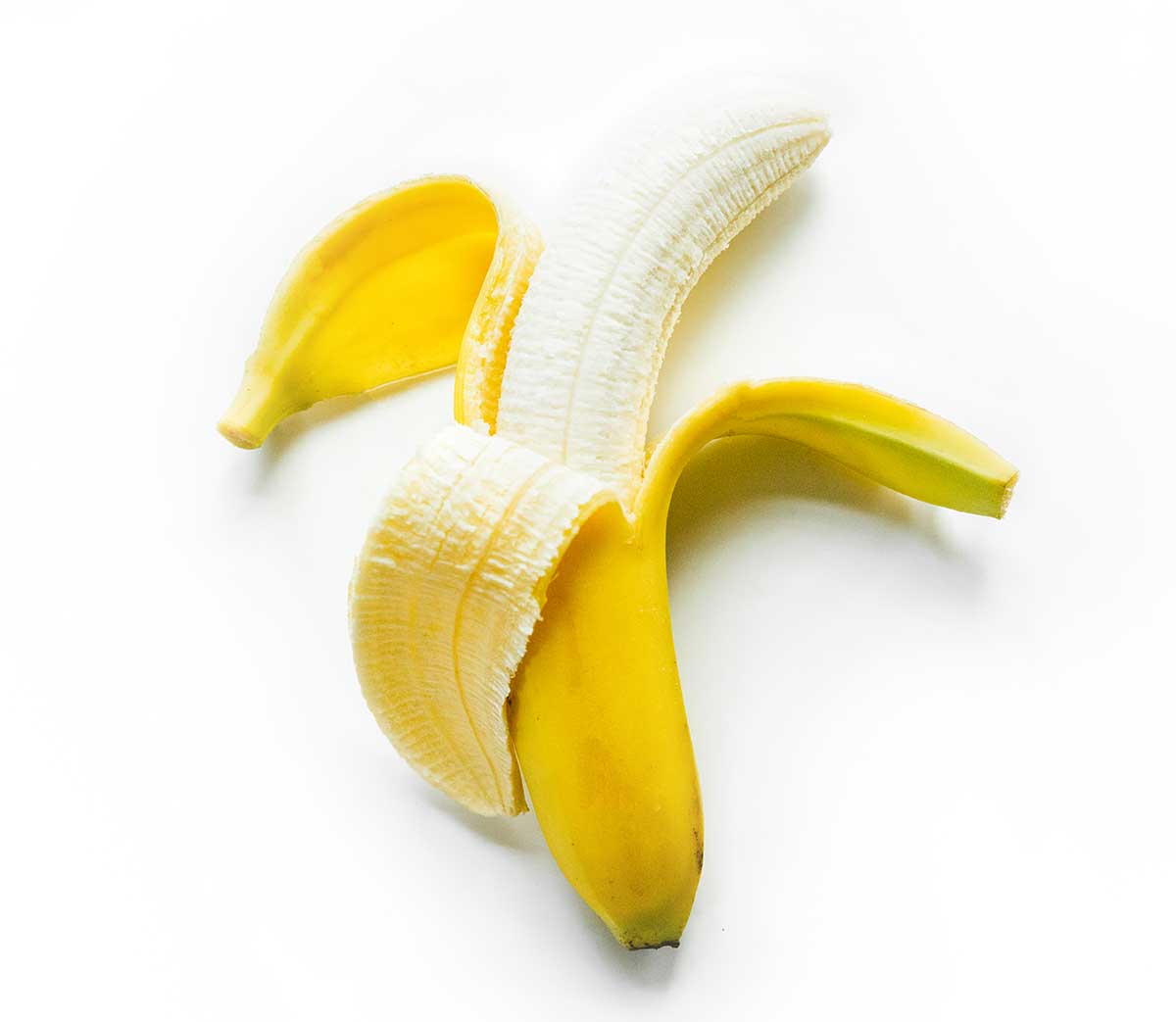
How to pick bananas
When buying bananas, look for a bunch that is yellow with hints of green, and that are free form spots of gray/brown hues. Ensure none of the bananas are split open,
To pick the best bananas at the store, you can follow these guidelines:
- Color: Look for bananas with a bright yellow skin. They should be evenly colored without any green patches. Avoid bananas that are too green or have brown spots, as they may not be ripe or could be overripe.
- Texture: Gently squeeze the banana to check its firmness. Choose bananas that are neither too hard nor too soft. A good banana should have a slight give when pressed but not feel mushy.
- Size: Select bananas that are of medium size. Very large bananas tend to have a higher starch content and may not be as sweet, while smaller bananas might not have fully developed flavors.
- Stem and Tips: Examine the stem or cap of the banana. It should be intact and firmly attached. Avoid bananas with a loose or missing stem, as they may ripen too quickly. Also, check the tips of the bananas to ensure they are intact and free from damage.
- Smell: While not always reliable, you can gently smell the stem area of the banana. Ripe bananas usually have a sweet and pleasant aroma. If it smells overly sweet or fermented, it might be overripe.
- Timeframe: If you need bananas to consume immediately, choose ones that are fully ripe or slightly underripe. If you prefer them to ripen at home over a few days, select bananas that are slightly greener.
Remember that personal preferences for ripeness and taste can vary, so choose bananas that suit your preferences.
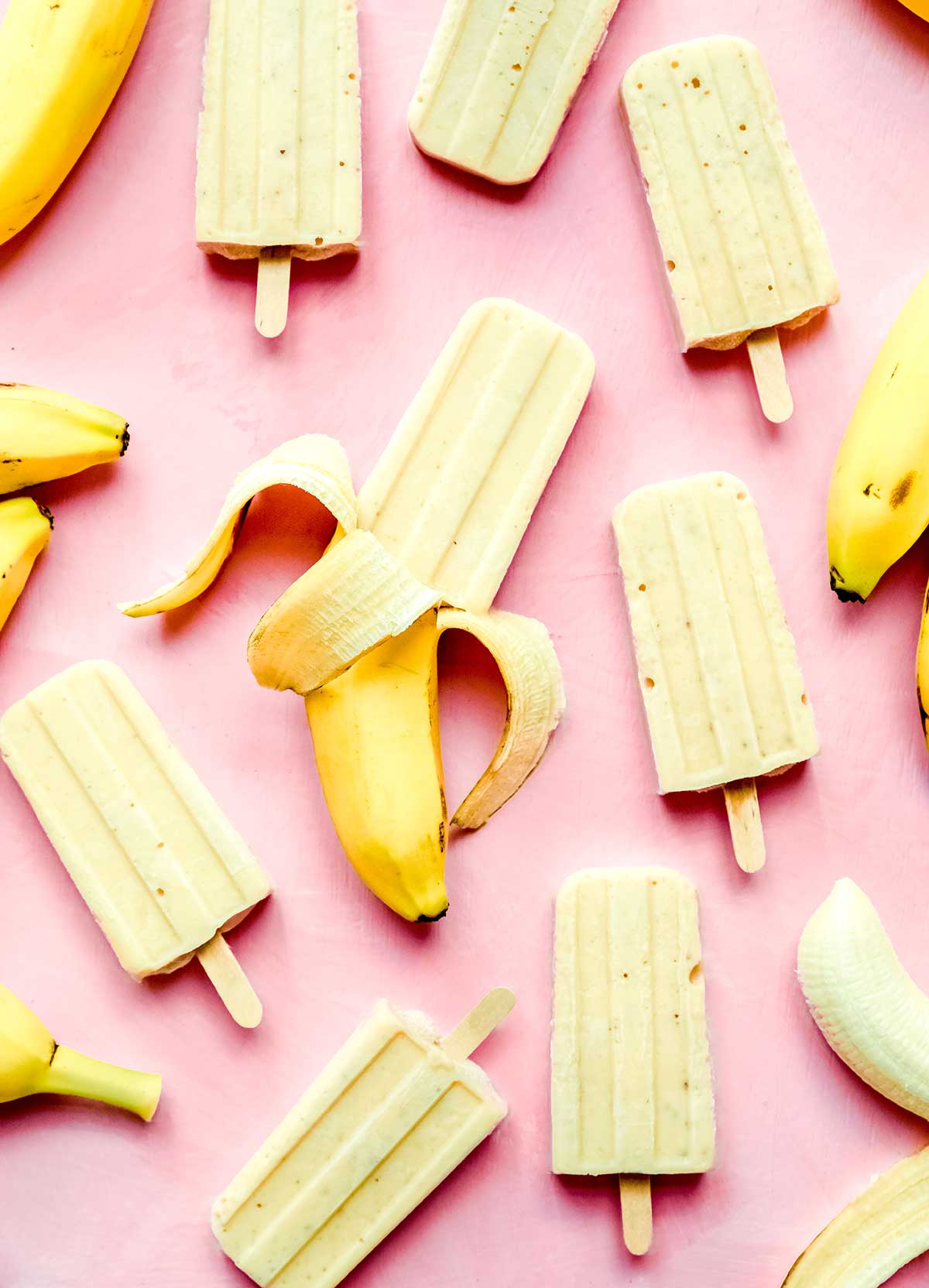
How to store bananas
Unripe Bananas: Leave unripened bananas at room temperature. Want to ripen them faster? Place them in a paper bag and fold shut. This traps the ethylene gas given off by bananas, which helps them to ripen faster.
Ripe Bananas: Place ripe bananas in the fridge to slow the ripening process (this may turn the skin brown, but the fruit will be fine!) You can also slow ripening by wrapping the stem with plastic before refrigeration.
Overripe Bananas: Peel, chop, and freeze in a single layer for use in smoothies, banana bread, nice cream, or popsicles (or check out all of our banana recipes here)!
How To Freeze Bananas
Freezing is one of my favorite ways to store bananas for future baking and smoothies. Here’s our comprehensive guide on how to freeze bananas!
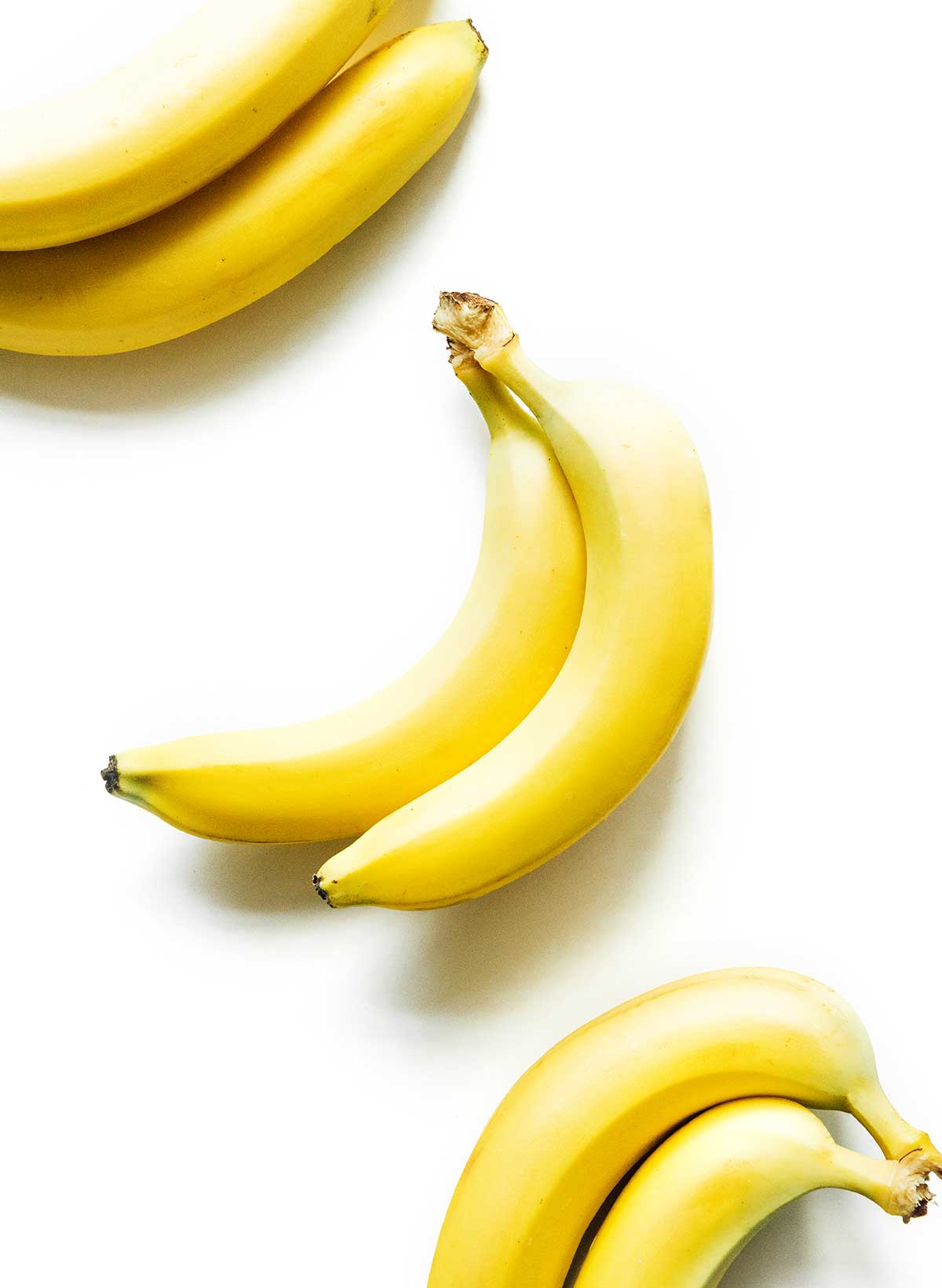
Banana nutrition information
per 1 large banana (136 g)
- Calories: 121
- Carbohydrates: 31 g
- Fiber: 4 g, 14% Daily Value (DV)
- Protein: 1 g
- Fat: 0 g
- 25% DV of Vitamin B6 (Pyridoxine): A water-soluble vitamin that works behind the scenes as a coenzyme in many important reactions within your body, including protein metabolism and red blood cell formation, among countless other functions.
- 20% DV of Vitamin C: A water-soluble vitamin that acts as an antioxidant to fight against potentially damaging free radicals (molecules with unshared electrons that float around wreaking havoc) and an important cofactor in collagen synthesis.
- 14% DV of Potassium: A key mineral and electrolyte involved in countless processes, including healthy nervous system functioning and contraction of the heart and muscles.
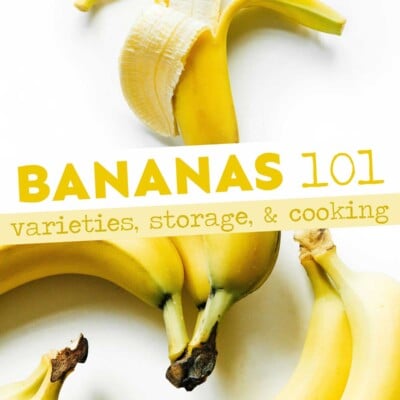
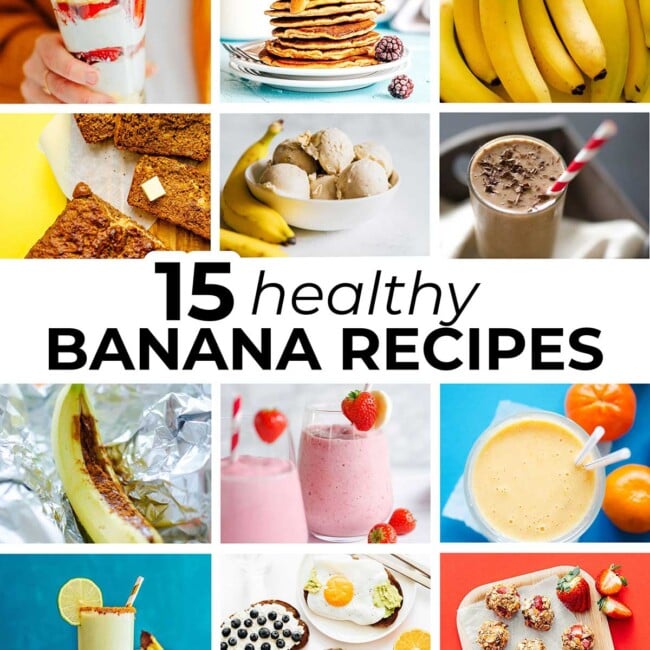
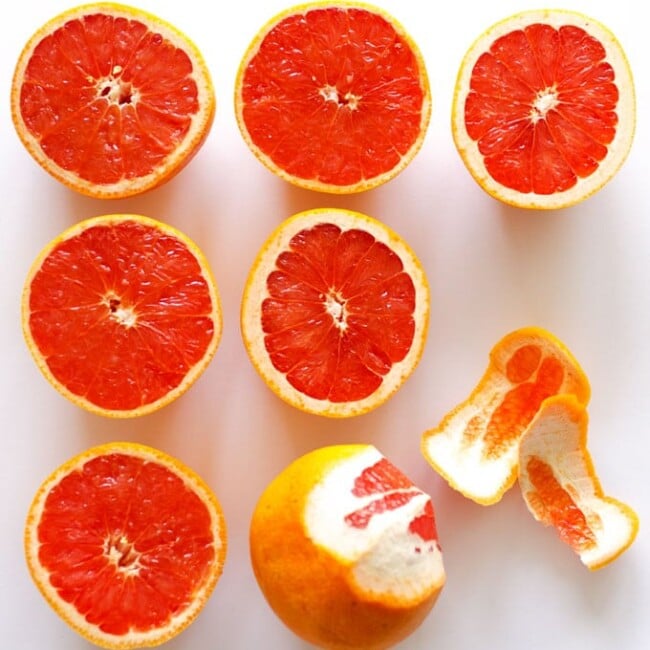


Fritz Liss says
I have bananas in my yard in Naples Florida
Many of the fruit split open while they feel very hard
How do I prevent this?